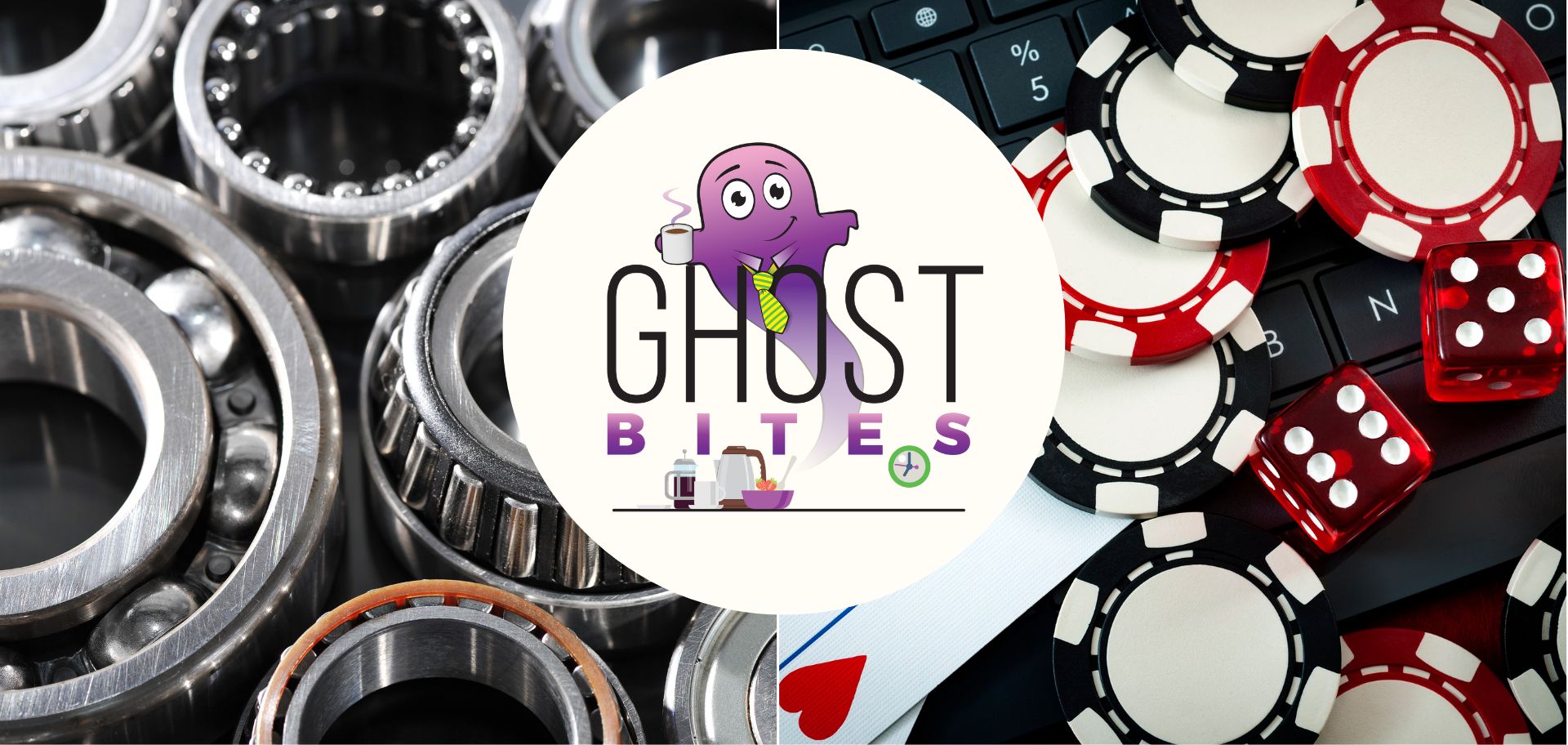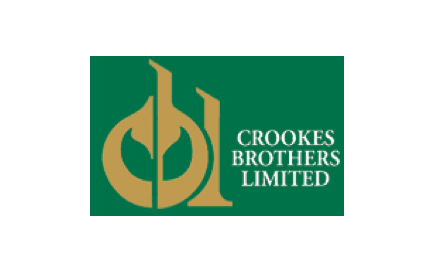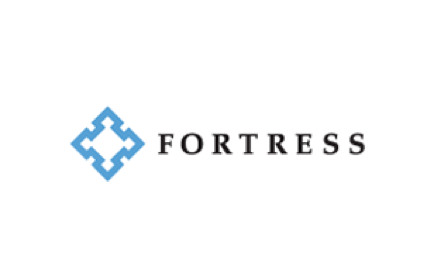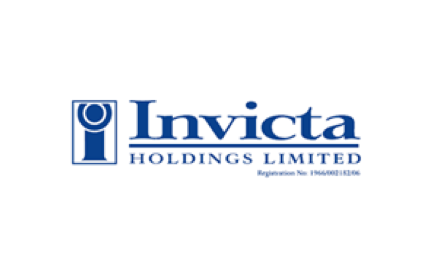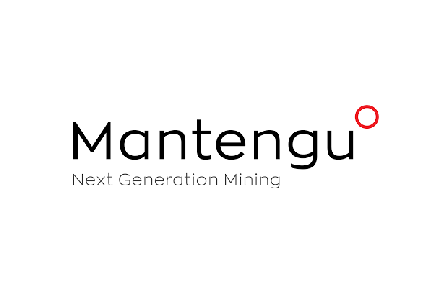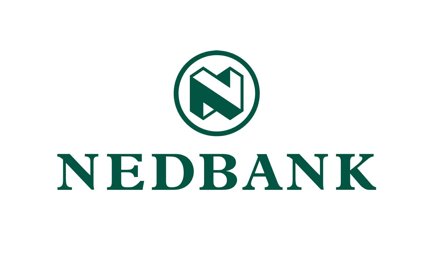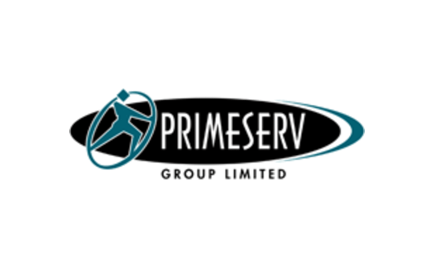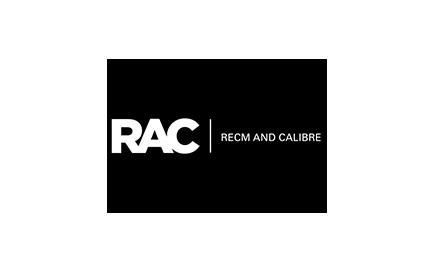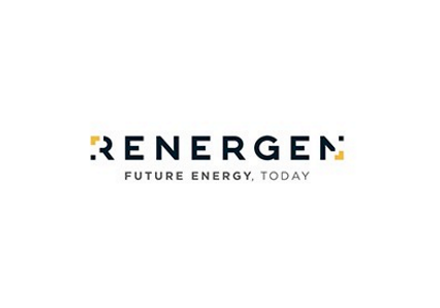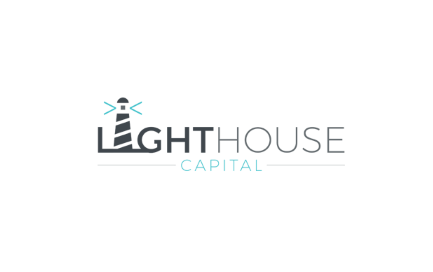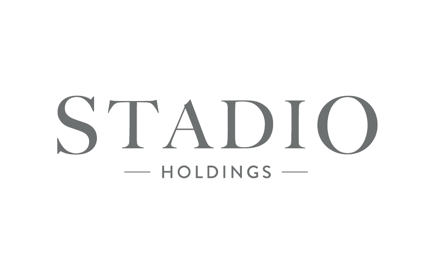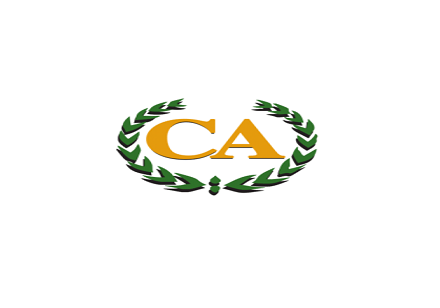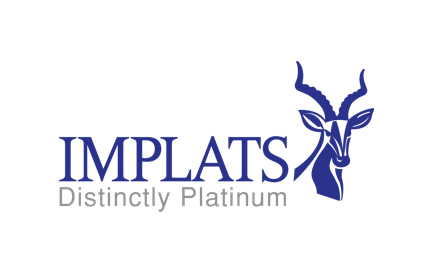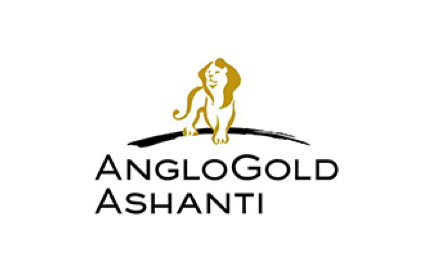Crookes Brothers is heavily loss-making (JSE: CKS)
Primary agriculture doesn’t always grow, sadly
There’s no business quite like show business. Farming is a close second.
Crookes Brothers enjoys far more liquidity on its farms than in its share price. Even a really tough trading statement couldn’t cause any afternoon trade, with no shares changing hands despite an announcement being released.
During a very difficult period in the year ended March 2023, the headline loss per share came in at a rather revolting 708.80 cents. For reference, the prior period saw positive HEPS of 229.60 cents.
For reference, the share price is R32.
Fortress: life after REIT (JSE: FFA)
With a share price up 20% this year, life isn’t so bad after losing REIT status
Capital flexibility really isn’t a bad thing in this environment. After losing REIT status, Fortress doesn’t have to meet the onerous distribution requirements any longer. This means the fund isn’t on the same treadmill as the REITs on the JSE that are constantly having to generate and distribute earnings.
The company has been very busy with property sales, with disposals of R1.2 billion and the recycling of capital into new logistics opportunities.
The vacancy rate in the logistics portfolio is just 1.2%. Perhaps even more impressively, the local retail portfolio has a record low vacancy rate of 2.0%.
The initial yields on the warehouse developments aren’t going to set your pants on fire. They seem to be between 8.5% and 9.0%. In the Central and Eastern Europe portfolio, the yield on new properties is between 6.8% and 7.4%.
Pick n Pay walked away from joint ownership of a new warehouse with Fortress, electing to pay a higher rental instead of owning part of the property. Although a retailer should certainly have better uses for the capital than owning a warehouse, I do wonder about these rental yields in an environment where the prime interest rate is now 11.75%.
Speaking of retailers, Fortress is buying the old Pick n Pay warehouse for R500 million plus a spend of R65 million on the property. A portion of it will be sold to Dis-Chem for R492 million (with thanks to @jacojanscholtz on Twitter for correcting my misread of the SENS here).
In the Industrial portfolio, vacancies increased from 4.5% in December 2022 to 7.2% in May 2023. The Office portfolio is less than 4% of total assets and has seen vacancies go in the right direction, though they remain high at 20.7%.
As a reminder, Fortress owns a meaty 23.9% stake in NEPI Rockcastle (JSE: NRP), a property fund that seems to enjoy a good reputation among local investors.
The loan-to-value ratio at Fortress is 37.3%.
Distributable earnings guidance for the year ended June 2023 has been increased from R1.66 billion to R1.74 billion.
Invicta beat all the odds this year (JSE: IVT)
The group shrugged off geopolitics and other challenges in 2023
In the year ended March 2023, which has hardly been an easy time in the world, Invicta grew revenue by 8.1% and HEPS by 47.9%. The dividend per share is 11.1% higher. This is a proper performance.
The disparity between HEPS and dividend growth becomes even more interesting if you look at operating profit growth, which was only 7%. The trick here is that the share of profits from joint venture Kian Ann is accounted for below operating profit and this metric was up by a lovely 50%.
An important feature of this result is that the entire group did well. Return on net operating assets was solid across every division.
Looking ahead, the group is investing in China. BMG China is off to a slow start but Invicta remains optimistic there, having taken a 40% share in an industrial consumable parts business in China for R45 million. The group is also developing energy conversion technologies in China, adding another layer of diversification.
The share price closed 3.6% higher as the market applauded a set of results where the only blemish was perhaps in cash conversion, specifically due to working capital differences vs. the prior year.
Mantengu Mining is buying back its shares (JSE: MTU)
The current share price is way below the board’s opinion on intrinsic value
When a share is trading below what the directors think it is worth, share buybacks are a good way to allocate capital on behalf of shareholders. The company is literally investing in itself, mopping up shares at a good price and leaving the remaining shareholders in a better position than before.
That’s the theory, anyway.
Share buyback discipline is sorely lacking in many companies. I was impressed to see Mantengu Mining announce a share buyback programme, particularly as this says something about management’s view on future cash flows from Langpan Mining.
The current share price is R1.70 and the board believes that the intrinsic value is R5.55 per share. That’s a big gap that certainly justifies a buyback programme.
The market cap is only R260 million, so getting enough stock to make a meaningful difference isn’t going to be the easiest. Still, those looking for exit liquidity at this price will likely find the company itself on the other side of the trade!
Nedbank is keeping the market well informed (JSE: NED)
The four-month update has been supplemented by a pre-close update
It’s always good to see listed companies giving more information than the minimum required. In this case, Nedbank is really going above and beyond. The ink was barely dry on the update dealing with the four months to April before Nedbank released a further update with news on May and the expectations for the rest of the year.
Nedbank expects GDP growth for the full year of 0.1%, which is at least on the right side of zero. A further 25 basis points increase in the prime rate is expected this year.
The good news is that the guidance given in the previous update remains correct. This means growth in net interest income above mid-teens, with net interest margin above the 410 basis points in the comparable period last year.
The group credit loss ratio is expected to be above 100 basis points, which means it is higher than the target range. As we’ve seen in other banks, the retail and business banking credit loss ratio is worse than in the corporate and investment banking side of the group.
Non-interest revenue is key to driving a higher return on equity and this metric grew by high single digits to the end of May, with full-year guidance of mid-single digit growth.
Expenses are up by high single digits, with mid-to-upper single digit growth expected for the full year.
Despite the growth in income being higher than expenses, as well as the solid growth in associate income from the African investment, headline earnings growth will be “muted” for the first half of the year with a better performance expected in the second half of the year.
The good news is that the share repurchase programme has been executed at a price below book value, which the group notes is accretive to return on equity and diluted HEPS.
PPC releases detailed annual results (JSE: PPC)
These won’t come as a surprise, after the last detailed update
If you remember nothing else about PPC, remember that the businesses on the rest of the continent are showing a happier trajectory than South Africa. This is despite the weak rand making cement imports less competitive than usual. Also remember that the bulk of PPC’s business is local, so “trajectory” and “paying the bills” are two different things.
The reality is that in a slow growth environment with insufficient investment in infrastructure, capacity in PPC’s local business goes to waste. Any uptick in demand would do wonderful things for the PPC business, as an industrials group improving its capacity utilisation is where the true magic of operating leverage becomes visible.
For now, the “SA obligor” results (i.e. South Africa and Botswana) reflect revenue growth of 1% and a drop in EBITDA margin from 11.8% to 8.7%. Despite this, net debt improved by R263 million. The SA obligor group is still profitable, but less profitable than it could be.
Hyperinflation significantly impacts the reported results in Zimbabwe, but the important point is that the dividend has increased from R91 million to R147 million. The Rwanda business paid an inaugural dividend of R79 million to the group.
Perhaps the most interesting thing is that debt levels in the SA obligor group are considered to be at an optimal level of gearing. Instead of using dividends from the other African businesses to reduce debt, PPC is able to return cash to shareholders. This takes the form of a share repurchase of R200 million that has been approved by the board.
Primeserv expects a solid jump in earnings (JSE: PMV)
The share price closed 13% higher, but watch that bid-offer spread
In a trading statement dealing with the year ended March, Primeserv’s HEPS is expected to increase by between 24% and 32%. Results will be out on Thursday, so that will give us full details.
Although the share price closed 13% higher, that was purely because the bid-offer spread is enormous. There are many offers in the market at R1.30, which is where the bid finally hit based on this trading statement.
You always have to be careful when interpreting major daily moves in illiquid companies.
RAC moves forward despite load shedding (JSE: RACP)
2023 was a grind for entertainment venues
RECM & Calibre (RAC) can attribute 95.7% of its asset exposure to its 58.8% stake in alternative gaming group Goldrush. Before you get throwbacks to Dodgeball, we aren’t talking about that kind of alternative gaming.
Goldrush operates electronic bingo terminals, limited pay-out machines, sports betting shops and online betting businesses. Three of the four lines of business are significantly affected by load shedding. Shopping at Mr Price by torchlight is one thing, but there really is no way to play an electronic game without electricity.
The problem in this period was the move from stage 4 to stage 6 load shedding. Frankly, no business in South African can withstand stage 6 for an extended period.
Despite the challenges, Goldrush grew revenue by 18% and EBITDA by 2% without the effect of IFRS 16, an accounting standard that is perhaps final proof that accountants need to get out more and spend time in real businesses before setting standards. EBITDA would’ve been up by 9% if not for a once-off gain on settlement of a finance arrangement in the prior year.
RAC is structured as an investment holding company. The investment in Goldrush is valued at 7x EBITDA. The equity value of Goldrush has increased by 6% over the past year, with a total return of 9% including the dividend. At RAC level, the net asset value per share grew by 7.3% including the impact of Astoria (JSE: ARA) shares that were unbundled to shareholders.
But perhaps the most interesting part of this announcement is buried right at the bottom:

Simply, this means that the management fees will now be calculated with reference to the market cap (what the market says the business is worth), rather than the director’s valuation of the underlying company. That’s a significant step for an investment holding company to take, building more alignment between management and shareholders.
Renergen hits the milestones (JSE: REN)
The US congressional notification process is complete
After the major US debt package was recently announced, there were a couple of key conditions that need to be met. One was a US congressional notification, which is now complete. The other relates to a large equity capital raise, which is where the focus will now sit.
In a quarterly review, Renergen highlighted the debt funding as the biggest step forward this quarter. There was other good news too, like a contract to supply LNG to Timelink Cargo.
It wasn’t all smooth sailing, with a leak detected in the helium circuit that requires an off-site repair. Although these are hopefully teething problems, it’s a reminder that the production process isn’t simple.
In case you’re wondering, a drilling programme is still underway. The colourful names continue, with the Morpheus well as the recent focus.
Revenue from customers in this quarter was R14 million and administrative and corporate costs were nearly R20 million.
Little Bites:
- Director dealings:
- Des de Beer is back in action with Lighthouse (JSE: LTE), this time buying R12.9 million worth of shares.
- A non-executive director of Stadio (JSE: SDO) has bought shares worth R180k.
- If you hold fewer than 100 shares in CA&S Holdings (JSE: CAA), then you need to be aware that the odd-lot offer was approved by shareholders. This is being structured as a dividend, so there is dividends withholding tax on the amount paid to shareholders under the offer. This is particularly important for individual shareholders, as the price is R7.06 before tax and R5.65 net of tax. You can elect not to sell, but you need to specifically make that election. If you do nothing and you hold them in your own name, you could be worse off than if you just sold the shares on the open market.
- Castleview Property Fund (JSE: CVW) is selling the Makhaza Shopping Centre in Khayelitsha to a related party for R140 million. This is above the valuation in the March 2023 books of R136 million. Despite being to a related party, the sale is so small as a percentage of the market cap that no shareholder approval is required.
- With the Impala Platinum (JSE: IMP) corporate action still underway, Royal Bafokeng Platinum (JSE: RBP) has extended the appointment of its interim CFO. There are still a couple of conditions precedent to be met, with the Takeover Regulation Panel as the major remaining hurdle.
- AngloGold Ashanti (JSE: ANG) is trying quite hard to move the narrative away from the horrible quarterly update that came out last week. The company announced a deal for a large wind and solar renewable energy project at the Tropicana Gold Mine in Australia. A third party, Pacific Energy, will construct the project under a 10-year power purchase agreement. It will be integrated into the existing gas-fired facility at the mine. This will be the largest off-grid gas-wind-solar project with battery backup in the Australian resources sector.

